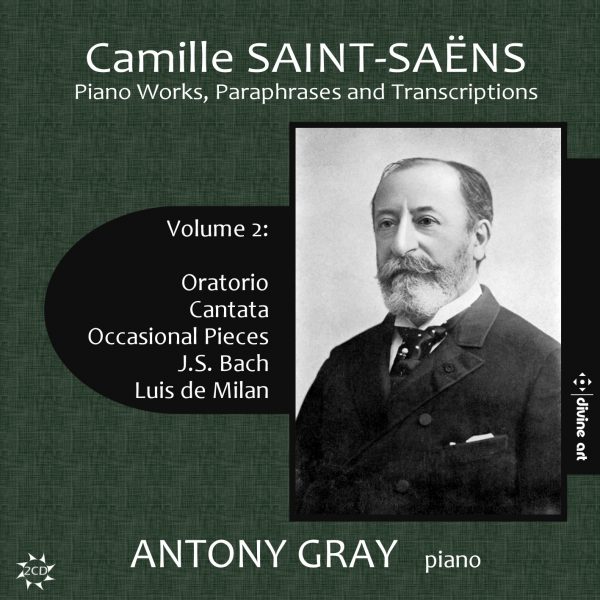New Classics
The prolific French composer, pianist and organist Camille Saint-Saëns, born in Paris in 1835, was a childhood prodigy. His precocious talent soon won him the admiration of Gounod, Rossini, Berlioz and Liszt, who proclaimled him ‘the world’s greatest organist’. He was organist at the Madeleine, a teacher (Fauré was among his pupils) wrote on musical, scientific and historical topics, travelled widely, and co-founded the Société Nationale de Musique (1871). He wrote many concertos, classically-orientated sonatas, sacred music, several ‘exotic’ dramatic works and a good deal of chamber music, including his famous Third Symphony (the ‘Organ’) and the more rarely heard Second symphony, a large-scale composition with many innovative ideas of form and structure. His original piano pieces are generally light ‘salon’ works but are nonetheless delightful and well formed. His major contribution to the piano works is the equally neglected body of transcriptions (of his own works and those of others) where he was sadly eclipsed by the more outgoing and promotion-minded Franz Liszt.
These two new double-CD releases feature the acclaimed London-based Australian pianist Antony Gray and include a number of first recordings of Saint-Saëns music, introducing a large body of keyboard gems to a new audience.
Volume 1 DDA 21235 is divided into two sections: transcriptions from Opera and Ballet, and pieces inspired by specific places. The music includes a sprightly Caprice d’Alceste (after Gluck), Scherzo sur Les Pêcheurs de Perles (after Bizet), and the evocative Souvenir d’Italie.
Volume 2 DDA 21236 is divided into two sections: transcriptions from Cantata and Oratorio and original ‘occasional pieces’, transcriptions of two works by Luis de Milan and the Douze Transcriptions (of which there 13!) of works by J. S. Bach. Highlights include the charming Sérénade, the beautiful Chant du soir (after Schumann’s Op. 85 No. 12) and two captivating Bagatelles.
These albums are a fitting tribute to a composer whose music remains unfashionable, underrated and long overdue for reappraisal.
@divineartrecordingsgroup
A First Inversion Company
Registered Office:
176-178 Pontefract Road, Cudworth, Barnsley S72 8BE
+44 1226 596703
Fort Worth, TX 76110
+1.682.233.4978













